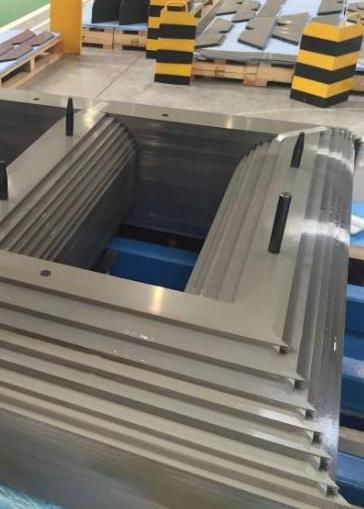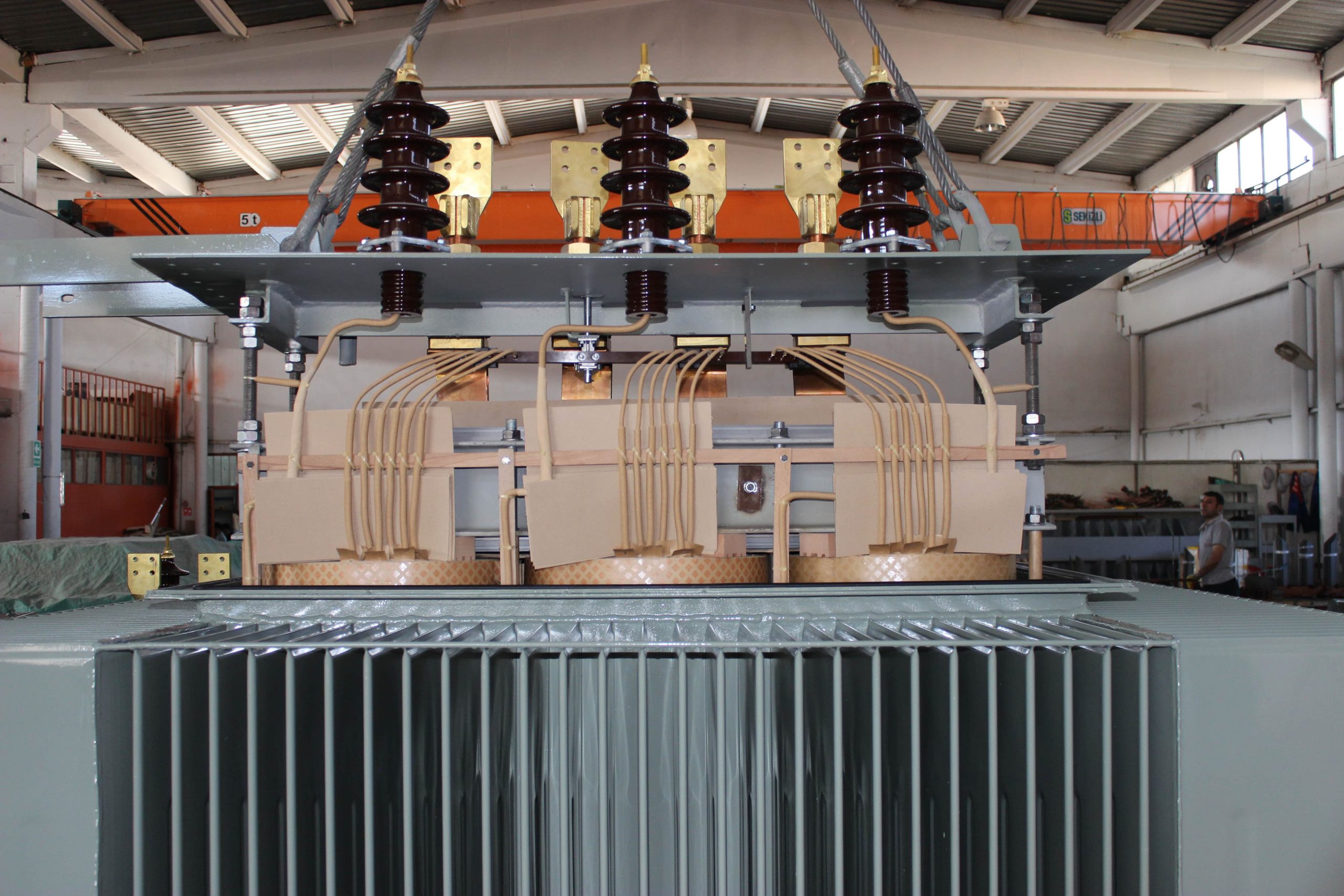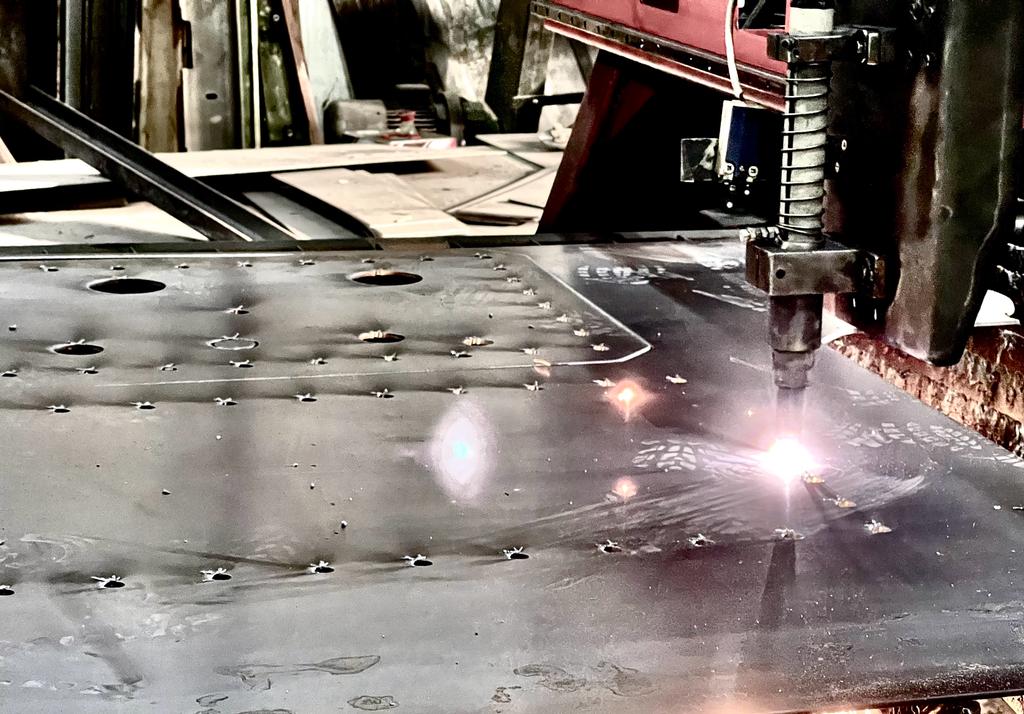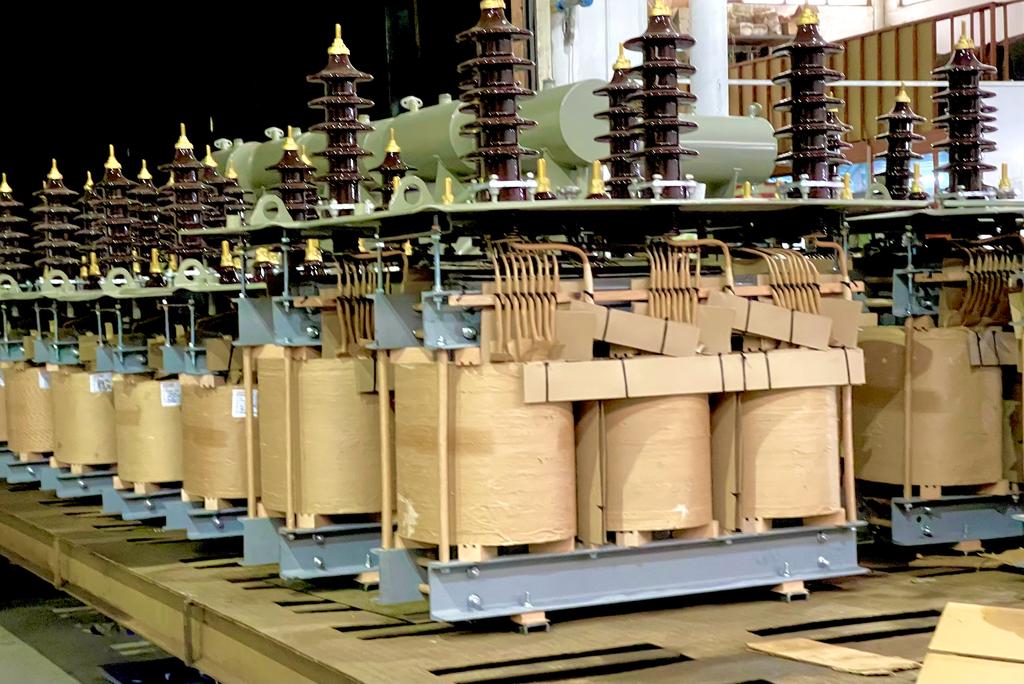WINDINGS
In distribution and power transformers, windings are designed so as to provide maximum strength to axial and radial forces occurring during a short circuit. LV (low voltage) windings are generally from a foil or paper insulated flat conductor. HV (high voltage) windings are however an enamel insulated round wire conductor or a paper insulated round or flat conductor. Electrolytic copper or aluminium conductors are used. In between the l
CORE
In transformers, the core consisting the magnetic circuit is made up from cold-rolled, grains-oriented (CRGO) and low-loss electrical silican steel. Core steel can be in varies thicknesses and qualities and are made up from high-quality silican steel such as M3, M4, M5, MOH, ZDKH85, ZDKH95 and Amorphous steel, depending on the client’s requests, warranted iron loses (no load losses) and applicable specifications. Being highly sensitive,
ACTIVE PART
The active part of a transformer consists of the core, coils, upper cover, tap changer, bushings, and protection and connection members on the upper cover. When assembling the active part, the transformer must have a structure to provide the best strength against short-circuit mechanical forces. Therefore, strength stability is increased by additional measures during the construction of the active part. The active part is mounted on the
TANK
In tank manufacturing, the tank lower pan, side walls and the upper cover are made by using black sheet metal to quality St 37. Side surfaces that carry out the cooling function in transformers are made up from cooling members manufactured of 1, 2 mm or 1, 5 mm thick sheet metal, depending on the transformer’s power, called corrugated wall panels. For bigger transformers (>2500 kVA), radiators are used instead of corrugated wall panels
DRYING AND OIL FILLING
The active part through with the assembly operation is dried in a special high-vacuum drying furnace for a period of time set forth within a predetermined program depending on pow-er and voltage values, and placed in the tank. Then oil filling is done under vacuum. Since the drying operation takes away the moisture in the materials making up the active part, it is a very important process for the insulation of the transformer.
PAINTING
Tanks complete with manufacturing are prepared by sanding and chemical cleaning methods prior to painting to ensure a longer lifetime for the applied primer and two final coats of paint.Tanks are painted with one coat of primer and two final coats of paint with a total thickness not less than 105 (microns). Although the RAL 7033 cement gray is used as a standard, non-standards are also used depending on the client’s request. The primer an









